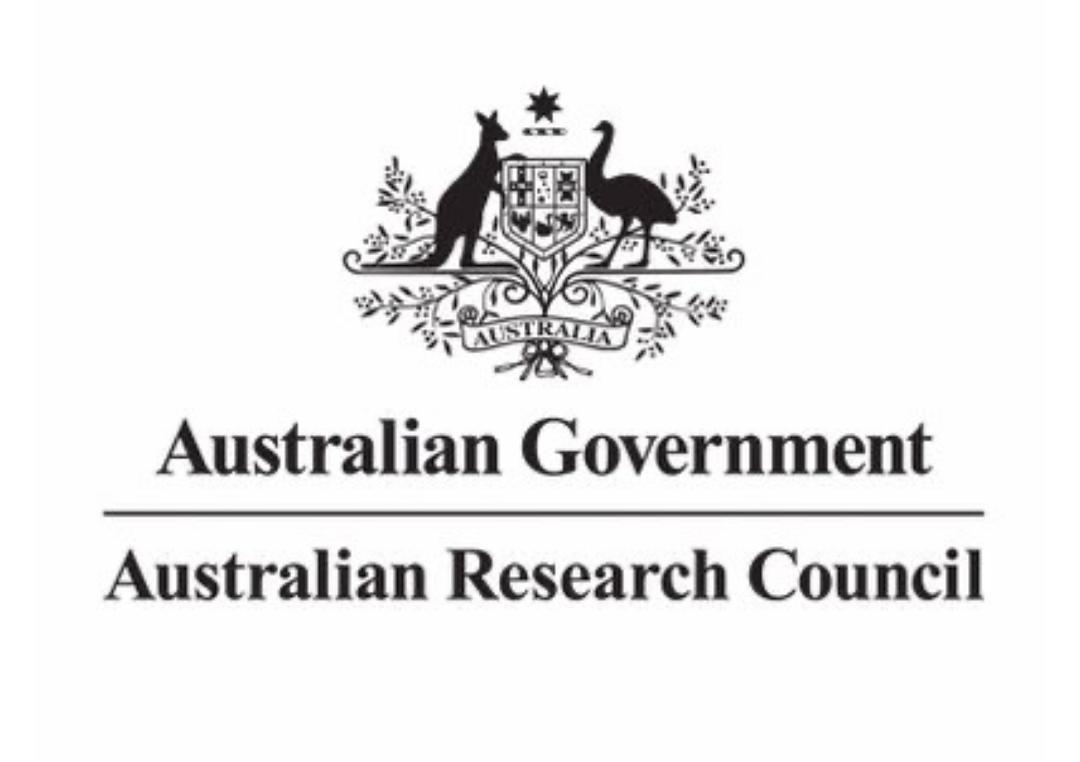Spatial and seasonal variations in surface water quality of the Lower Kinabatangan River Catchment, Sabah, Malaysia
DOI:
https://doi.org/10.51200/jtbc.v11i.267Keywords:
The Lower Kinabatangan River Catchment, Water Quality Index (WQI), Malaysia Interim National Water Quality Standard (INWQS)Abstract
Surface water quality was examined to determine spatial and seasonal variations in the Lower Kinabatangan River catchment, Sabah, Malaysia between October 2004 and June 2005, during the weak La Niña event. The study sought to distinguish between the quality in surface waters draining from an oil palm plantation (OP), a secondary forest (SF) and an oxbow lake (OB); and to identify its seasonal variability. A total of 45 samples were collected during fieldwork campaigns that spanned over the inter-monsoonal period, wet and dry seasons. The Water Quality Index (WQI) was calculated and analysed based on the Malaysia Interim National Water Quality Standard (INWQS). Results show that the quality of the river fall into Class II or moderate level. Discriminant analysis (DA) has been employed to classify independent variables into mutually-exclusive groups. Suspended sediment (SS) and chemical oxygen demand (COD) parameters were found higher during the wet season. COD was found dominant in stream located within the oil palm plantation, whilst SS was dominant in oxbow lake. Surface water quality variations could be influenced by weak La Niña event in 2005/2006, as precipitation anomalies have been observed during the sampling campaign.
Published
How to Cite
Issue
Section
License
BY: credit must be given to the creator.
NC: Only noncommercial uses of the work are permitted.
This journal provides open access to its content under CC BY-NC 4.0 on the principle that making research freely available to the public supports greater international collaboration and information exchange.












